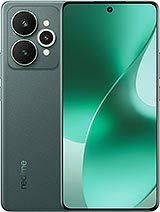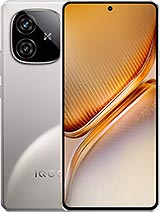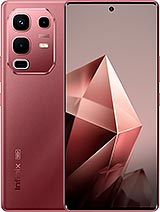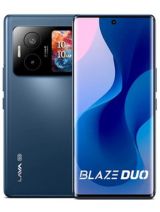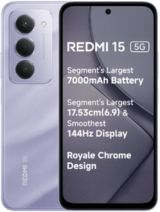Nothing Phone (3a) alternatives
Tap above to see alternatives.
Redmi 15 alternatives
Tap above to see alternatives.
Nothing Phone (3a)

Nothing Phone (3a)
-
Snapdragon 7s Gen 3
4 nm
-
5000 mAh
50W
-
6.77"
1080 x 2392 pixels
-
50 MP
4K@30fps
- Specs
1x2.5 GHz Cortex-A720
3x2.4 GHz Cortex-A720
4x1.8 GHz Cortex-A520
2x2.3 GHz Cortex-A78
6x2.0 GHz Cortex-A55
8GB 256GB (UFS 2.2)
8GB 128GB (UFS 2.2)
8GB 256GB (UFS 2.2)
f/1.9, 24mm (wide), 1/1.57", 1.0µm, PDAF, OIS
50 MP
f/2.0, 50mm (telephoto), 1/2.74", 0.64µm, PDAF (25cm - ∞), 2x optical zoom
8 MP
f/2.2, 15mm, 120˚ (ultrawide), 1/4.0", 1.12µm
f/1.75, (wide), 1/2.88" 0.61μm, PDAF
Auxiliary lens
1080p@30/60/120fps
f/2.2, 22mm (wide), 1/3.44"
f/2.2, (wide)
SIM1: Nano, SIM2: Nano
16 5G bands
n1, n2, n3, n5, n7, n8, n12, n20, n28, n38, n40, n41, n48, n66, n77, n78
7 5G bands
n1, n3, n5, n8, n28, n40, n78
In this performance comparison, the Nothing Phone (3a) with its Qualcomm Snapdragon 7s Gen 3 (4nm) performs better than the Redmi 15 with the Qualcomm Snapdragon 6s Gen 3 (6nm), thanks to superior chipset efficiency.
Nothing Phone (3a) offers 3 years of OS updates, whereas Redmi 15 provides 2 years. For security updates, Nothing Phone (3a) offers 6 years of support compared to Redmi 15's 4 years.
Nothing Phone (3a) features a superior AMOLED display, while Redmi 15 comes with an LCD panel. In terms of smoothness, Redmi 15 offers a higher 144 Hz refresh rate, ensuring fluid scrolling and animations. Nothing Phone (3a) also boasts a brighter screen with 3000 nits of peak brightness, enhancing outdoor visibility. Both phones have the same screen resolution.
Redmi 15 features a larger 7000 mAh battery, potentially delivering better battery life. Nothing Phone (3a) also supports faster wired charging at 50W, compared to 33W on Redmi 15. Redmi 15 supports wireless charging at -2W, while Nothing Phone (3a) lacks this feature.
Both phones feature the same IP64 rating for water and dust resistance.
- Redmi 15 – Check price here
¹ Scores can vary even with the same chipset due to RAM, thermals, and software optimization.


